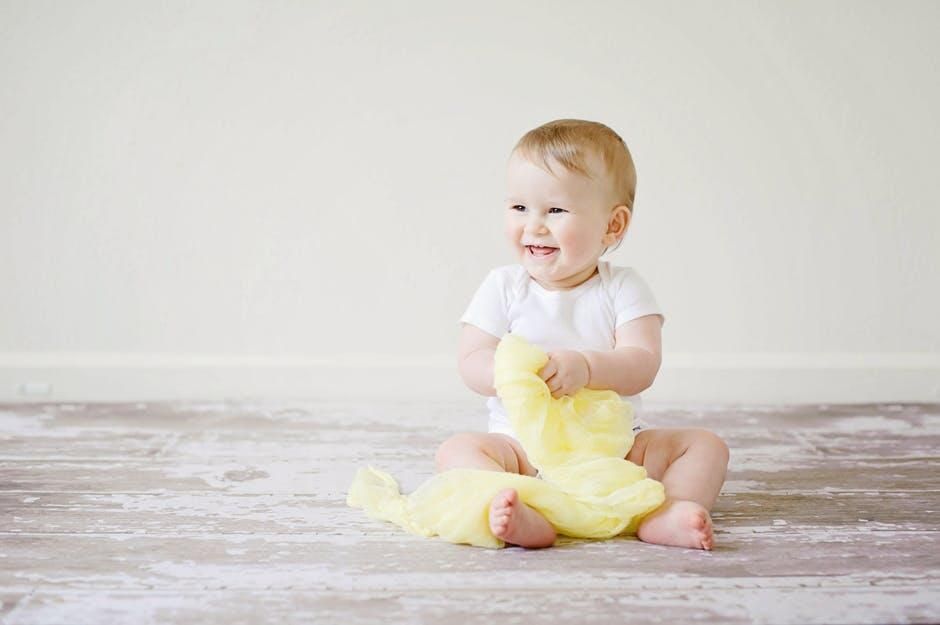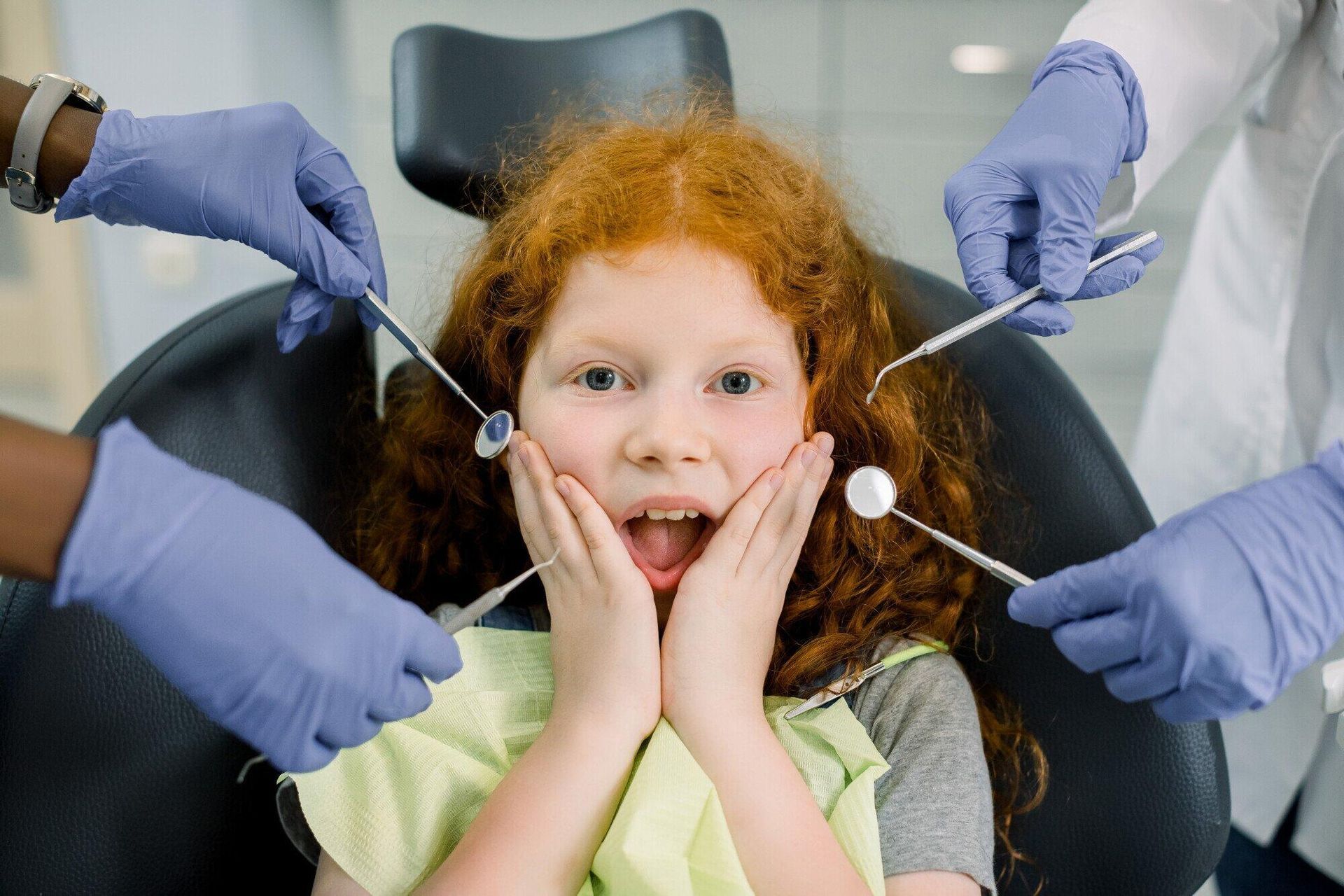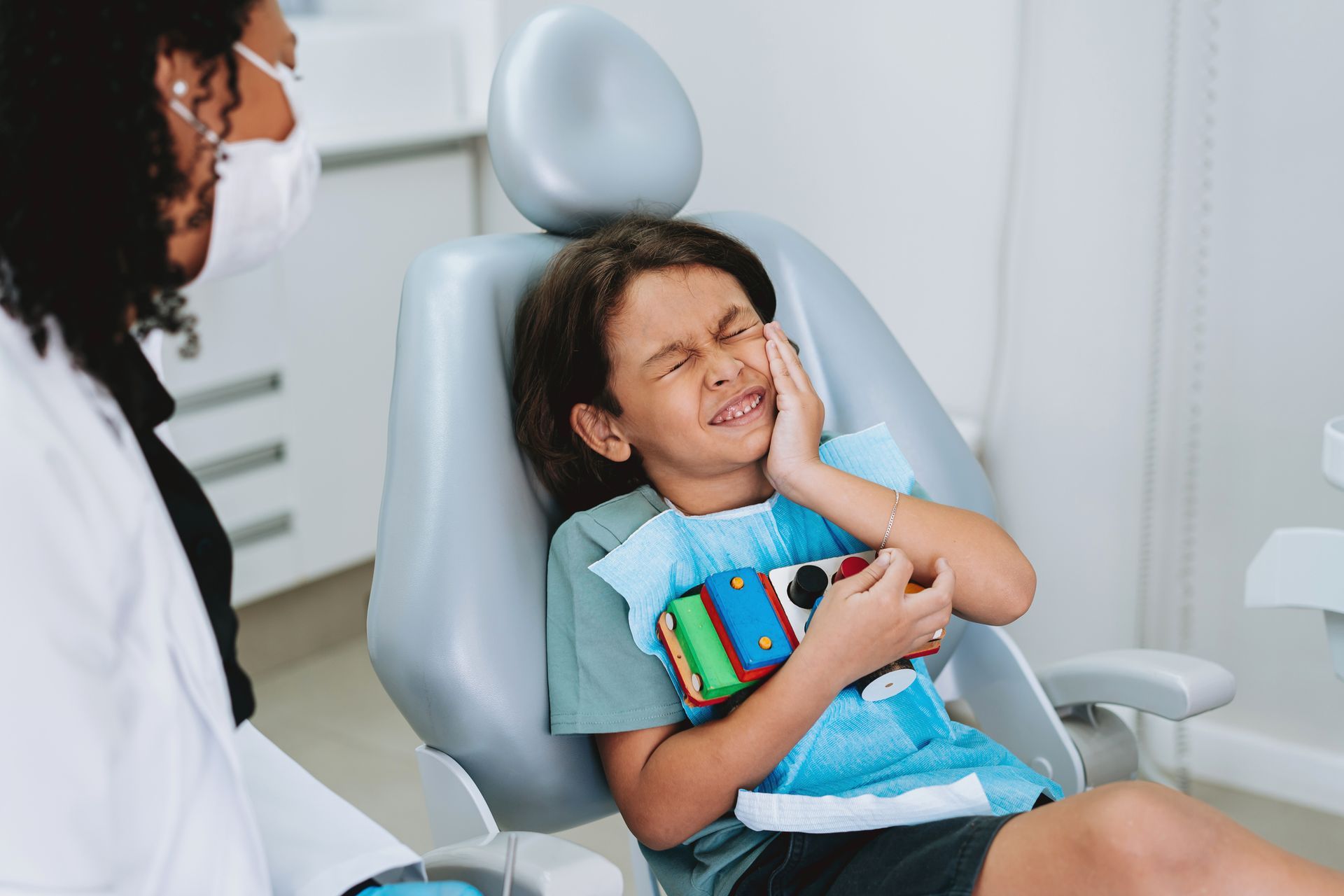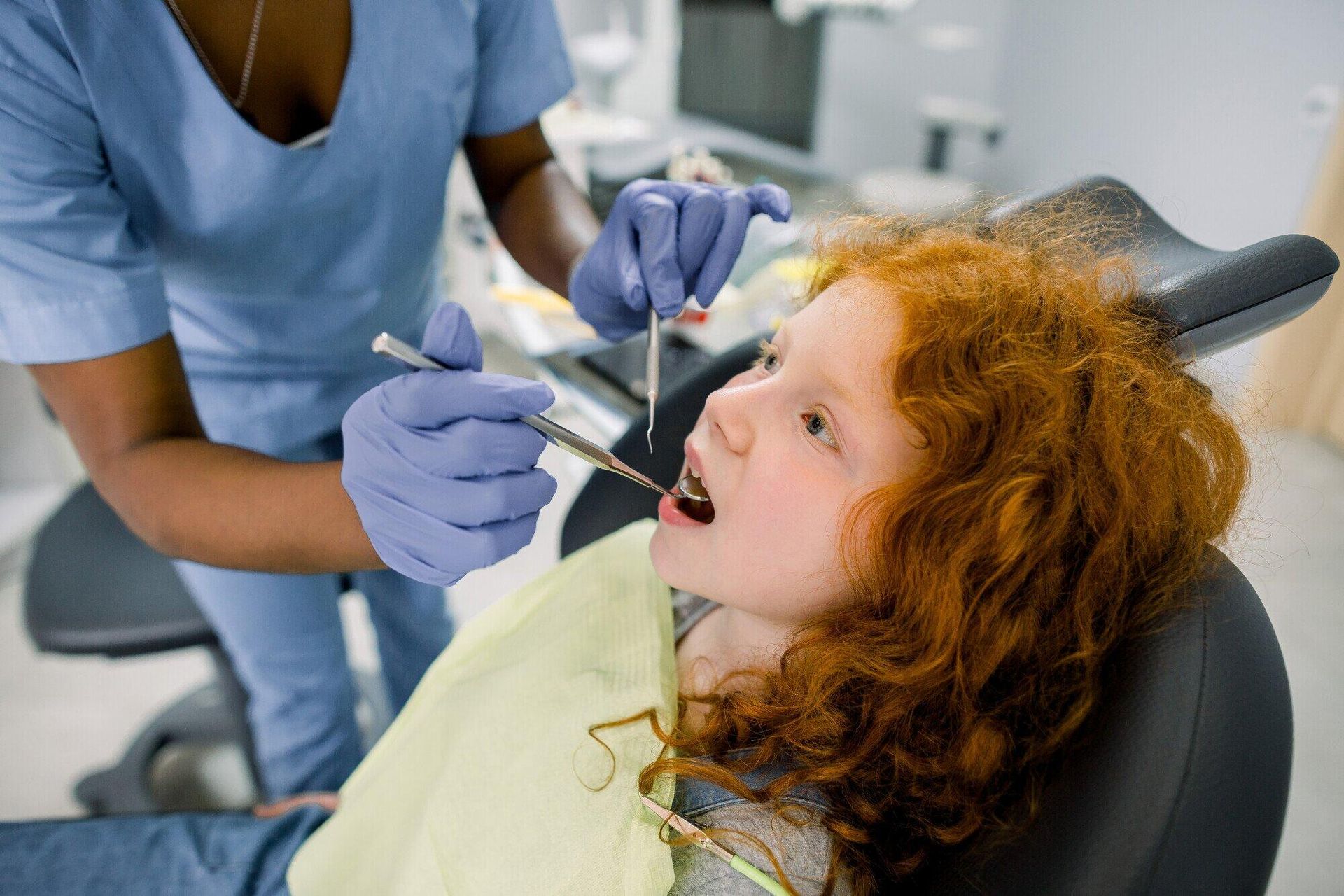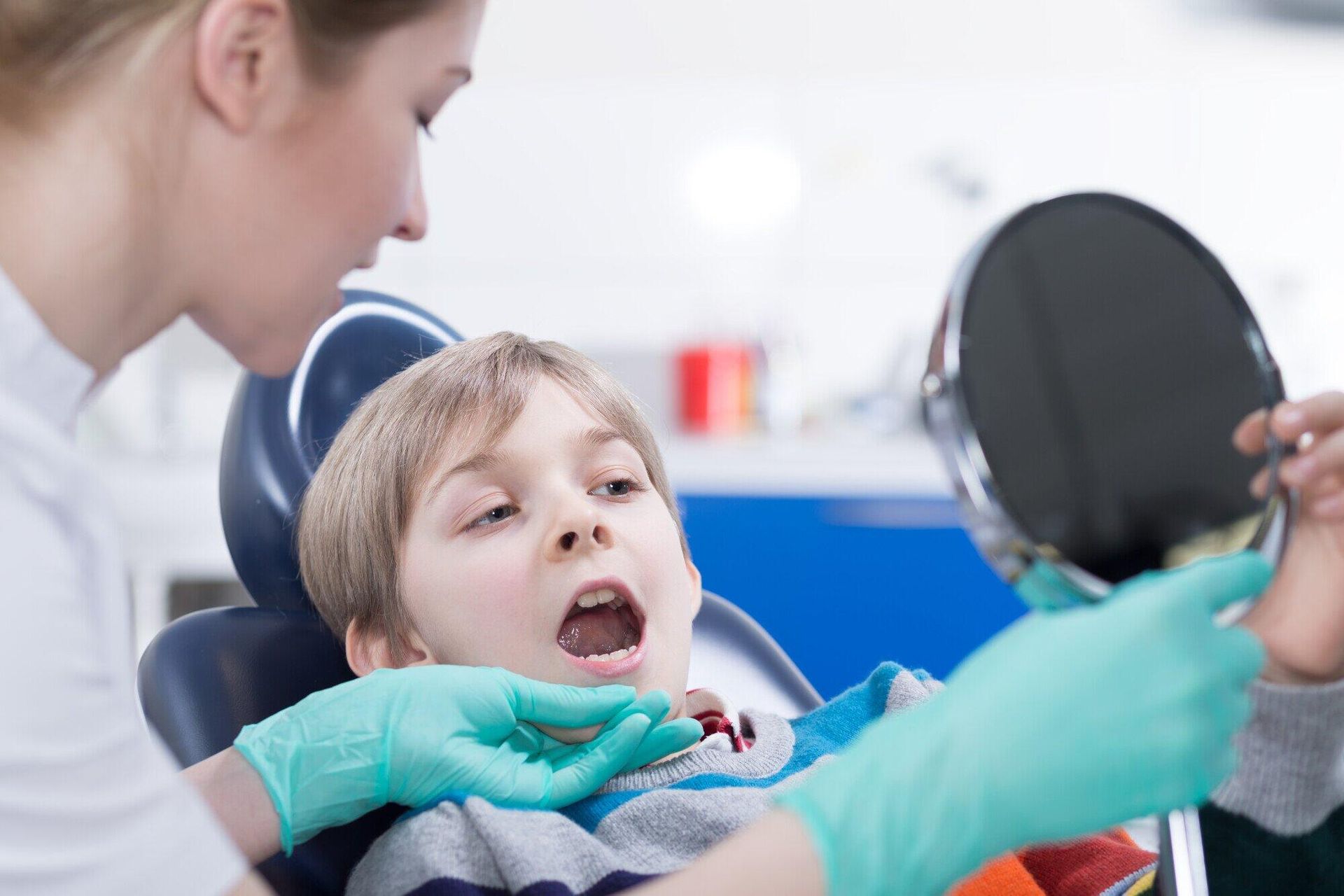8 Dental Veneer Maintenance Mistakes and How to Avoid Them
Once upon a time, patients with chipped, misshapen, or discolored teeth just had to live with them. Thankfully, modern dental veneers have filled that gap. Experts predict that their popularity will keep rising in years to come, hitting around $2.3 billion by 2028.
Despite how popular this dental solution is, patients, don't always understand how to care for them. Just because these durable shells protect your teeth doesn't mean you can do anything you like with them!
The wrong dental veneer maintenance mistakes can damage these treatments over time. If you're thinking of getting dental veneers, or if you're struggling to care for new ones, here are a few tips straight from our dentists.
1. Ignoring Bruxism Issues
Teeth grinding, also known as "bruxism," is a common issue most of us will face at some point in our lives. This grinding can happen due to anxiety, stress, the wrong sleep position, and other factors.
Of course, just because this problem is common doesn't mean you should put up with it. The human mouth can grind down with up to 250 pounds of force. If you think that might spell trouble for your new veneers, you'd be right!
Though most types of dental veneers are strong enough to last a decade or longer, bruxism can shorten this lifespan.
Be on the lookout for jaw or neck pain, headaches, tight jaw muscles, or frequent sleep disruption. All of these are signs that you may be clenching your teeth without realizing it.
Often, all you'll need to help with bruxism is a custom mouthguard from your dentist. This can relieve pain while protecting your teeth.
2. Careless Flossing
Flossing is one of the most important things you can do for your oral health. When it comes to cleaning dental veneers, it's still just as important.
However, it's crucial not to be careless when flossing. Pulling too hard on the crevices between your teeth can damage your veneers little by little. Harsh flossing can even displace your veneers over time.
Instead, be gentle with your flossing. You only need a small amount of force to remove food particles from between your teeth. If you're concerned about your flossing, be sure to ask your dentist to show you the correct way to do so with veneers.
3. Using Hard-Bristled Toothbrushes
There's a reason why the American Dental Association recommends soft toothbrushes. Bristles that are less firm can reduce the risk of enamel abrasion. They can also keep you from damaging your gums when you brush.
Though your veneers are durable, hard-bristled toothbrushes can wear away their polish. To avoid this, use a soft toothbrush and make gentle strokes.
4. Using the Wrong Toothpaste
In general, most toothpaste is safe to use with veneers. However, some gritty toothpaste can abrade the surface of your veneers. This can cause them to wear down or grow dull.
Instead, it's a good idea to use whitening toothpaste.
Although veneers can make your teeth look bright and beautiful for years, certain veneer materials are more prone to staining than others. Like your natural teeth, your veneers can benefit from the cleaning power of whitening toothpaste.
5. Smoking
You likely already know that smoking is terrible for your oral health. Not only can it cause gum disease, cancer, and other health conditions, but it can also stain your teeth.
Your veneers may look shiny and new when you first receive them, and they can even cover up older staining from smoking. However, they won't look that way for long if you continue smoking.
While most veneer materials are more stain-resistant than your natural teeth, the adhesives your dentist uses to fit them can stain. As a result, tobacco products can cause discoloration around your veneers, if not on the veneers themselves.
6. Eating the Wrong Foods
While we're still on the subject of tooth staining, it's a good time to mention that certain foods can stain your veneers.
Coffee, wine, certain teas, berries, snacks with artificial dyes, and similar foods and beverages can cause discoloration.
One of the benefits of veneers is that their material is non-porous, making them less prone to staining than your natural teeth. However, frequent exposure to the foods above can degrade or discolor them. You might not notice a change right after you eat or drink these foods, but they can dull the white gleam of your veneers over time.
In addition, you'll want to avoid particularly chewy or hard foods. Taffy and caramel, for example, are tough enough to put force on your veneers as you chew. Hard foods like lollipops and hard candies can crack or chip them.
7. Biting Non-Food Items
If you have a bad habit of using your teeth on non-food items, now is the time to stop. Using your teeth to remove pen caps, open bags, or chew your nails can damage your veneers.
As stated above, your teeth use great force when you bite down. Using your natural teeth and veneers to chew hard objects can place too much pressure on them. This, in turn, can cause them to crack, chip, or degrade over time.
8. Forgetting to Visit Your Dentist
Once you have your new veneers in place, it might be tempting to think you can skip your regular visits to the dentist. After all, with your veneers protecting your teeth, won't you need fewer check-ups?
Not only does your dentist need to check the state of your natural teeth every six months, but they also need to take a look at your veneers as well! Regular check-ups help your dentist look for any issues with your veneers, especially issues related to the maintenance mistakes above.
They also give you opportunities to ask your dentist questions about your usual veneer maintenance routine.
Avoid These Dental Veneer Maintenance Mistakes
Your new veneers can help protect your natural teeth, and they're durable and long-lasting. However, it's still important to use good oral hygiene habits with them. Avoiding these dental veneer maintenance mistakes can help.
Ready to smile with more confidence? If you're interested in veneers, our expert team is proud to serve patients throughout the Friendswood, TX area. To request a consultation, contact us today.

